The pristine waters of New Zealand's Fiordland National Park have become the backdrop for an unprecedented environmental enforcement action. In a landmark decision that sent shockwaves through the maritime industry, New Zealand authorities have imposed a staggering NZ$2.7 million (approximately US$1.6 million) fine on a major cruise operator for illegally discharging toxic wastewater. This penalty marks the heaviest pollution fine ever levied against a cruise ship in the nation's history.
The case centers around the deliberate dumping of contaminated bilge water - a hazardous mixture of oil, grease, and chemicals - within the protected marine areas of Milford Sound/Piopiotahi during multiple voyages in 2022. Court documents reveal that the vessel's crew bypassed mandatory purification systems and falsified discharge records in what prosecutors described as "a calculated attempt to circumvent environmental protections."
Environmental Minister Penny Simmonds characterized the violation as particularly egregious given the location. "Milford Sound isn't just any waterway - it's the crown jewel of our marine protected areas, home to rare black coral forests and bottlenose dolphins that draw visitors from across the globe," she stated during a press conference in Wellington. "This wasn't accidental pollution; it was willful disregard for both New Zealand law and international maritime conventions."
The cruise line, which cannot be named due to ongoing legal proceedings in other jurisdictions, initially claimed the discharges resulted from "unforeseen technical failures." However, whistleblower testimony and digital evidence from the ship's own monitoring systems contradicted this defense. Maritime NZ investigators uncovered that crew members had manually overridden pollution control equipment on at least fourteen occasions.
What makes this case particularly noteworthy is the sophisticated forensic approach taken by regulators. Scientists from New Zealand's National Institute of Water and Atmospheric Research (NIWA) conducted water sample analysis that created a chemical fingerprint matching the ship's fuel and waste systems. This cutting-edge technique, combined with satellite tracking data, formed an evidentiary chain that left little room for dispute.
The sentencing judge emphasized the need for deterrence in her ruling, noting that cruise ship traffic in New Zealand waters has increased 400% since 2010. "The potential cumulative impact of even minor violations across this growing industry could devastate marine ecosystems," the judgment read. "Compliance cannot be optional when operating in these sensitive environments."
Industry analysts suggest the penalty reflects a broader global shift in how nations are treating marine pollution. "Five years ago, this might have resulted in a warning or minor fine," noted maritime law expert Dr. Sarah Chen of the University of Auckland. "New Zealand is sending a clear message that its environmental regulations will be enforced aggressively, especially in UNESCO World Heritage sites like Fiordland."
The cruise industry's response has been muted but telling. While the International Cruise Line Association issued a generic statement about members' commitment to environmental stewardship, several major operators have quietly announced upgrades to their New Zealand-bound fleets. These include installing advanced wastewater treatment systems and implementing more rigorous crew training protocols.
Local conservation groups have hailed the decision as a turning point. "For too long, cruise ships have treated our waters as a dumping ground," said Fiordland Marine Guardians spokesperson Tom McClurg. "This ruling proves that accountability is possible, even against multinational corporations with deep pockets." The group is now pushing for mandatory real-time monitoring of all cruise ship discharges in New Zealand waters.
Behind the scenes, the case has sparked intense debate within government about further regulatory measures. Options under consideration include establishing "zero discharge" zones near sensitive marine areas, increasing unannounced ship inspections, and creating a public registry of environmental violations. Some policymakers are even advocating for financial bonds that would be forfeited if ships violate pollution standards.
The economic implications are significant for New Zealand's thriving cruise tourism sector. While no cancellations have been announced, industry insiders report that several lines are reconsidering itineraries that include sensitive areas with strict environmental rules. This comes as the country prepares to welcome over 1,200 cruise calls in the 2024-2025 season.
Legal experts anticipate the precedent will influence cases beyond New Zealand's borders. Similar lawsuits are pending in Alaska and Norway, where prosecutors are reportedly studying the forensic methods used in this investigation. The success of the chemical fingerprinting technique may become a blueprint for future marine pollution cases worldwide.
As the cruise industry grapples with this new enforcement reality, environmental scientists emphasize what's ultimately at stake. The waters around Fiordland contain some of the planet's most unique deep-sea ecosystems, with species found nowhere else. "These aren't just fines," remarked NIWA marine biologist Dr. Lisa Thompson. "They're the price of preserving irreplaceable natural heritage for future generations."
The record penalty serves as both punishment and warning at a critical juncture for marine conservation. With cruise tourism rebounding strongly post-pandemic, the tension between economic benefits and environmental protection has never been more pronounced. New Zealand's decisive action suggests that when push comes to shove, the sanctity of its marine environments may trump even lucrative tourism dollars.

By Megan Clark/Apr 11, 2025

By John Smith/Apr 11, 2025
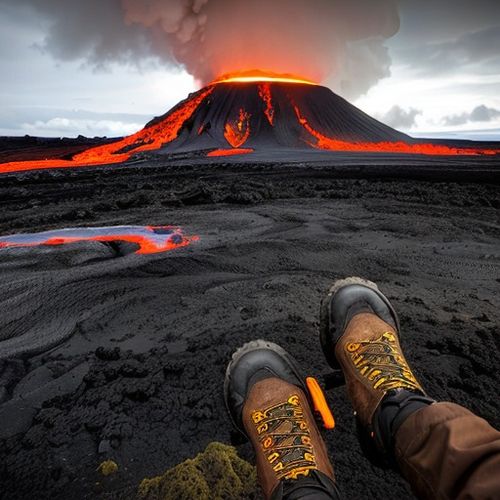
By James Moore/Apr 11, 2025

By Victoria Gonzalez/Apr 11, 2025

By John Smith/Apr 11, 2025
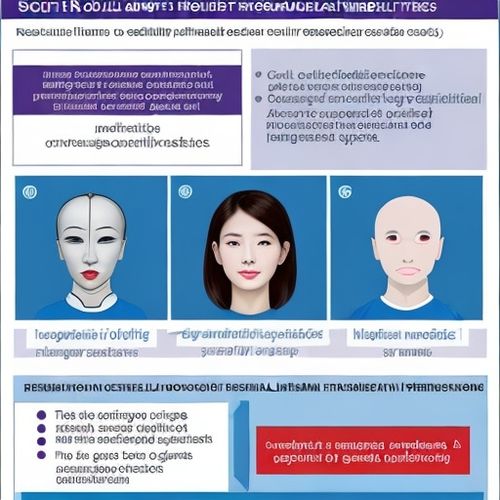
By Rebecca Stewart/Apr 11, 2025

By Megan Clark/Apr 11, 2025
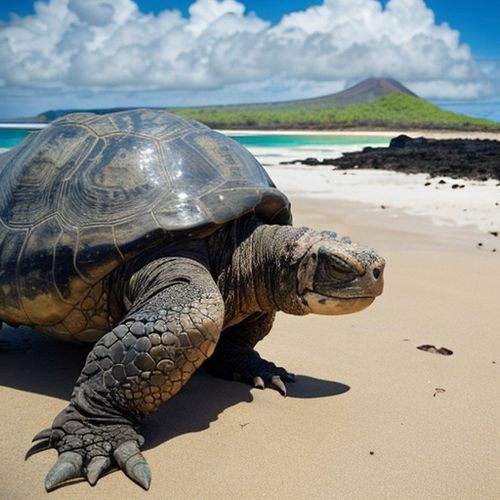
By John Smith/Apr 11, 2025

By Ryan Martin/Apr 11, 2025

By Samuel Cooper/Apr 11, 2025
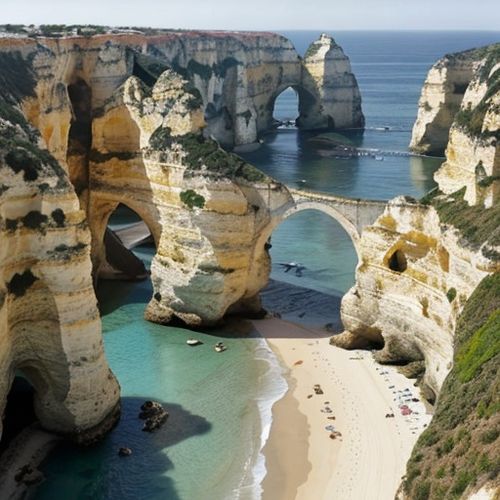
By Emily Johnson/Apr 11, 2025

By James Moore/Apr 11, 2025
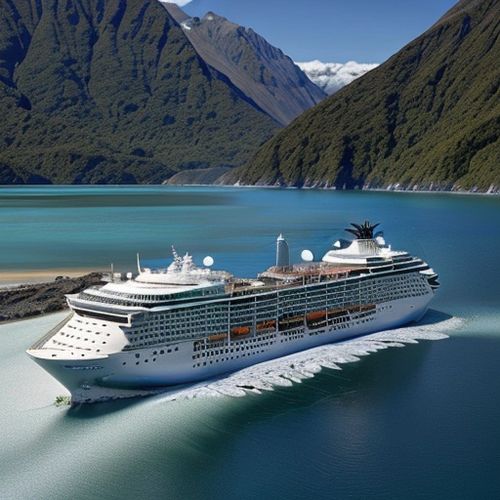
By David Anderson/Apr 11, 2025

By Ryan Martin/Apr 11, 2025

By William Miller/Apr 11, 2025

By George Bailey/Apr 11, 2025

By Daniel Scott/Apr 11, 2025
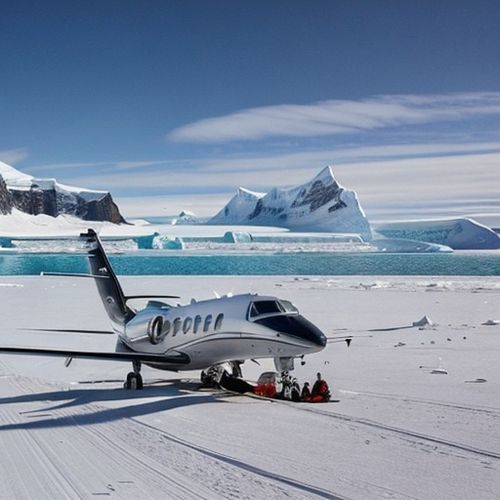
By Sophia Lewis/Apr 11, 2025

By Megan Clark/Apr 11, 2025

By David Anderson/Apr 11, 2025